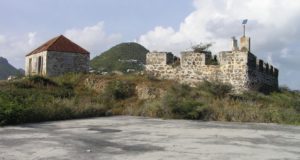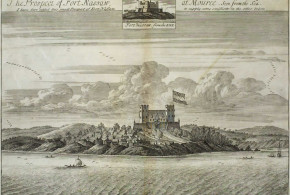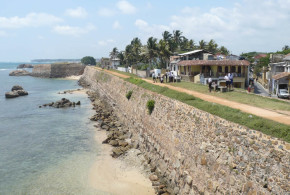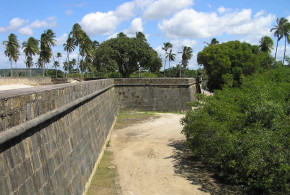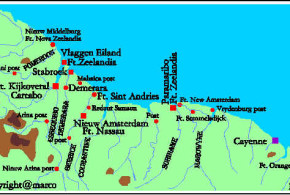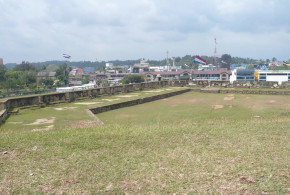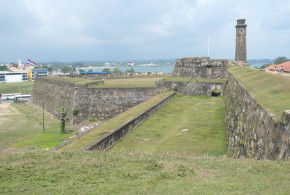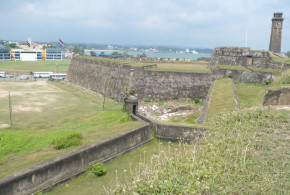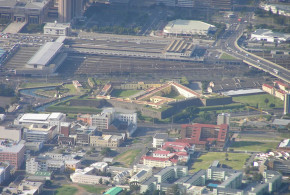Written by Marco Ramerini. English text revision by Dietrich Köster.
ASIA FAR EAST: FORMOSA (TAIWAN), CHINA, JAPAN
FAR EAST: FORMOSA (TAIWAN), CHINA, JAPAN:
– Andrade, T., “Political spectacle and colonial rule: the Landdag on Dutch Taiwan, 1629-1648”, in: “Itinerario”, vol. XXI, 3/1997 pp. 57-93.
– Bassett, D. K., “The trade of the English East India Company in the Far East, 1623-1684”, in: “An Expanding World” Vol. n° 10. Prakash, Om, “European commercial expansion in early modern Asia” pp. 208-236. Also in: “Journal of the Royal Asiatic Society of Great Britain and Ireland”, Cambridge, 1960, pp. 32-47 and 145-157.
– Blussé, J.L. et alii editores, “De dagregisters van het Kasteel Zeelandia, Taiwan, 1629-1662 I. 1629-1641.”, Rijks Geschiedkundige Publicatiën, 1986, ‘s-Gravenhage, The Netherlands.
– Boxer, C. R., “Jan Compagnie in Japan, 1600-1817. An Essay on the Cultural, Artistic & Scientific Influence exercised by the Hollanders in Japan from the 17th to the 19th Century”, viii, 198pp., illustrations and map, (Nijhoff, 1950, The Hague), Oxford University Press, 1968, Tokyo, New York. An essay on the cultural, artistic and scientific influence exercised by the Hollanders in Japan from the seventeenth to the nineteenth century.
– Boxer, Ch. R., “Nagasaki colour-prints, ca. 1750-1850”, 333 pp., Connoisseur, 1936.
– Campbell, W. M., “Formosa under the Dutch: described from the contemporary records with explanatory notes and a bibliography of the island”, xiv+629 pp., Kegan Paul Trench Trubner, 1903, London, United Kingdom. xiv+629 pp., Ch’eng Wen Publications Company, 1972 (2nd edition), Taipei, Taiwan. First part is a selection of Valenteyn description of Formosa, the second the Archives of the Mission and the third the siege of the Castle Zeelandia. – Engels, Andre, “The Dutch on Formosa”, Internet article.
– Groot, Henk W. K . de, “The Study of the Dutch Language in Japan during the period of National Isolation”, Thesis, University of Canterbury, Christchurch, New Zealand.
– Last, J., “Strijd, handel en zeeroverij. De Hollandse tijd op Formosa”, 120 pp., 14 illustrations, van Gorcum, 1968, Assen, The Netherlands.
– Leupe, P. A., “De verovering van het fort “La Sanctissima Trinidad” op Formosa”, Bijdragen Koninklijk Instituut voor de Tropen (KIT), 2e volgraadse deel, 2, 1859.
– Molewijk, G. C.(editor), “‘t Verwaarloosde Formosa”, 243 pp., illustrations, Zutphen, 1991, The Netherlands.
– Paske-Smith, M., “Western Barbarians in Japan and Formosa in Tokugawa days 1603-1868”, xiv+431 pp., Thompson (1930), Kobe, Japan.
– Prakash, Om, “Trade in a culturally hostile environment: Europeans in the Japan trade, 1550-1740”, in: “An Expanding World”, Vol. n° 10. Prakash, Om, “European commercial expansion in early modern Asia”, pp. 117-128. Also in: “Clashes of culture: essays in honour of Niels Steensgaard”, Odense, 1992, pp. 245-254.
– Savenije, Henny, “The role of the Dutch in Taiwan”, Internet article.
– Shaogang, Cheng, “De VOC en Formosa 1624-1662. Een vergeten geschiedenis”, 592 pp., illustrations, 1997, Amsterdam, The Netherlands.
– van der Putten, Frans-Paul, “Small powers and imperialism: the Netherlands in China, 1886-1905”, in: “Itinerario” vol. XX, 1/1996, pp. 115-131.
– van Dyke, Paul A. “How and why the Dutch East India Company became competitive in intra-Asian trade in East Asia in the 1630s”, in: “Itinerario” vol. XXI, 3/1997, pp. 41-56.
– van Veen, Ernst, “How the Dutch ran a seventeenth-century colony: the occupation and loss of Formosa, 1624-1662”, in: “Itinerario”, vol. XX, 1/1996, pp. 59-77.
– Verhoeven, F. R. J., “Bijdragen tot de oudere koloniale geschiedenis van het eiland Formosa”, 117 pp., maps, Thesis 1930, ‘s-Gravenhage, The Netherlands
– Yung-ho, Ts’ao, “Taiwan as an entrepot in East Asia in the seventeenth century”, in: “Itinerario”, vol. XXI, 3/1997, pp. 94-114.
 Colonial Voyage The website dedicated to the Colonial History
Colonial Voyage The website dedicated to the Colonial History





